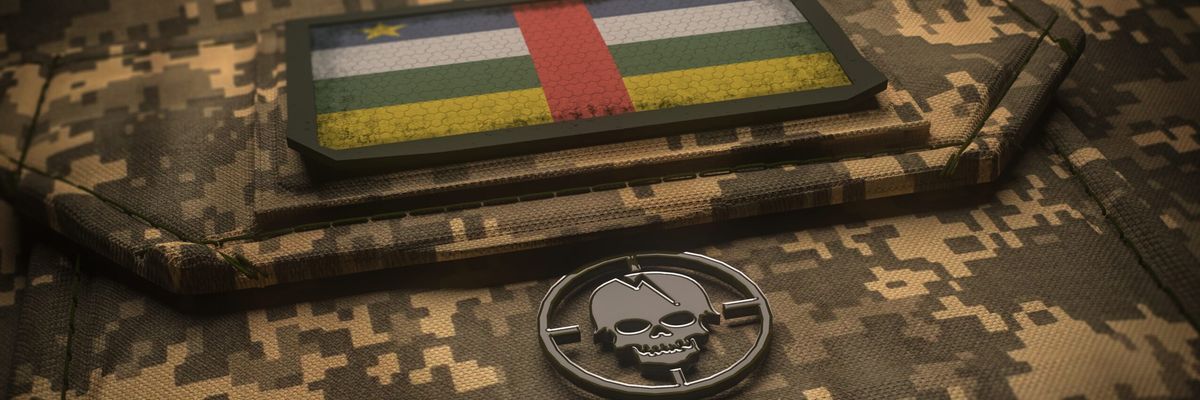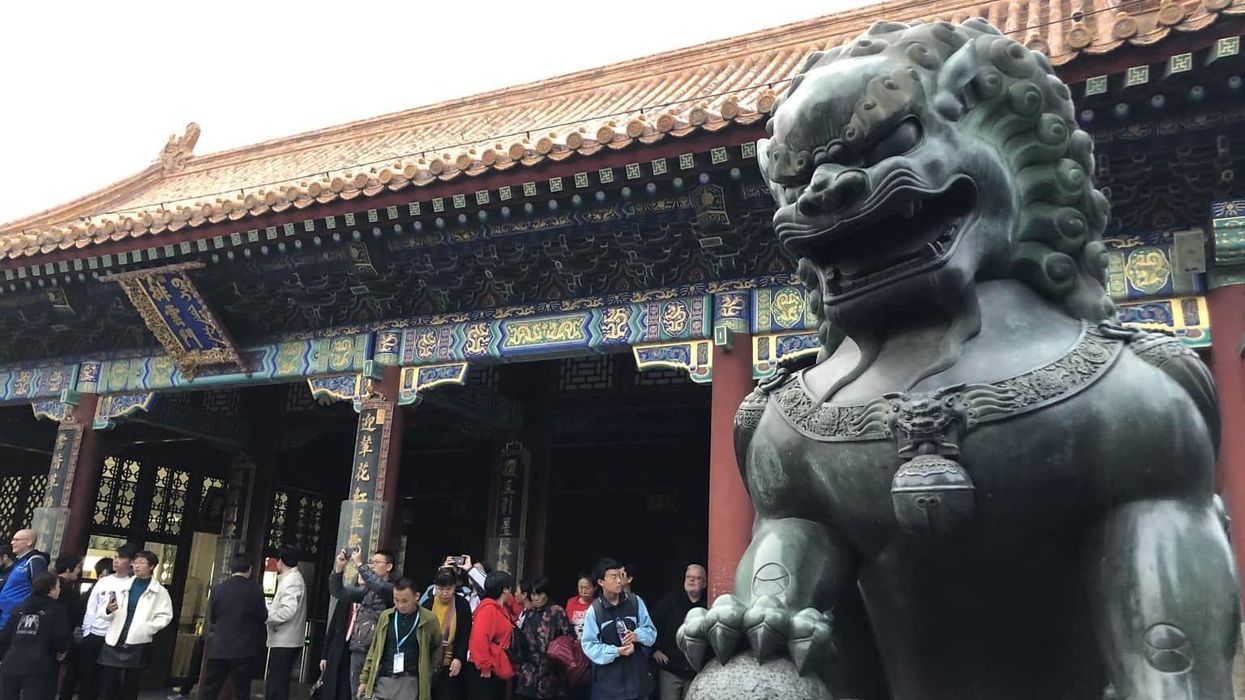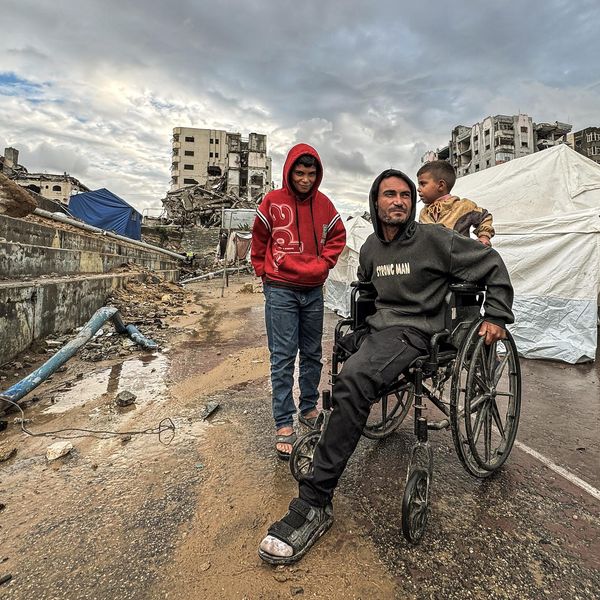On February 21, Le Monde reported that U.S. diplomats proposed to Central African Republic (CAR) President Faustin-Archange Touadéra that he break with the Russian private military company (PMC) Wagner Group within 12 months. In exchange, Washington promised to train the Central African Armed Forces (FACA), provide more humanitarian aid, and offer further support for the United Nations peacekeeping mission in CAR (MINUSCA).
Officials close to the matter assured me that there was no deadline and insisted that Washington enjoys a close relationship with Bangui.
Deadline or not, the logic behind Washington’s proposal is grounded in a narrative that portrays Russian PMCs’ counterinsurgency product in Africa as unsuccessful, unpopular, and exploitative at the expense of African sovereignty. But the conflicts in Libya, Sudan, Mozambique, CAR, and Mali are vastly different; what’s true in one theater need not apply to all. And the complexity inherent to Wagner’s intervention in CAR renders Washington’s simple proposition a non-starter: politically difficult to achieve and regime suicide if accomplished.
Wagner’s Arrival
In 2017, Touadéra’s government was struggling to emerge from a devastating civil war. The government controlled little territory outside Bangui, the capital, with powerful armed groups entrenched in the countryside. The government asked the UN Security Council to lift a civil war-era arms embargo. The UN kept the embargo but also approved a Russian offer to donate weapons and send advisers.
Russia then brokered a peace accord between Bangui and 14 armed groups, the 2019 Khartoum Agreement. Presidential elections upset the delicate balance and, in December 2020, former president François Bozizé partnered with six rebel groups to form the Coalition of Patriots for Change, or CPC. The CPC’s militias reached Bangui in January 2021 before a combination of Russian PMCs, Rwandan troops, MINUSCA peacekeepers, and FACA pushed them back.
Is Wagner successful?
The ensuing, often brutal counteroffensive launched by FACA and backed by Russian PMCs and Rwandan troops saw the government retake more territory than it had held in years. Most major urban centers are back in government hands.
According to the UN, human rights violations have generally declined since the CPC’s coup attempt, when armed groups accounted for an estimated 54 percent of abuses. Now, state agents account for 58 percent.
Traveling throughout the country in 2022 and 2023, citizens overwhelmingly expressed to me an appreciation for security in their towns. Commerce has picked up, particularly in the northwest and southwest. In the northeast, in places such as Bria and Birao, locals can walk around freely. Now they want to see that same security on the roads.
Rebel groups have not been eliminated. The counteroffensive pushed combatants across borders or into remote bush, and the CPC has been more active this dry season than last. Defections have cost them dearly, but the CPC and others are recruiting mercenaries from Sudan. Recent attacks and persistent insecurity along roads show that the rebel groups are down but not out. It would be disingenuous, however, to call Wagner’s counterinsurgency in CAR a failure.
Is Wagner popular?
While conceptions of the state differ, nearly all Central Africans long for its return. Militias have committed widespread atrocities, but more frequent are the day-to-day roadblocks and taxation that stifle trade, or the fear that prevents farmers from cultivating fields. Unsurprisingly, many judge an intervention’s success on its perceived “toughness” vis-à-vis armed groups.
Bangui’s counteroffensive, backed by Russian PMCs, has put these groups on the backfoot, lending Wagner an aura of “toughness.” But this metric cuts both ways. Russia’s peace accord, which saw rebel leaders enter government, as well as Wagner’s recruitment of ex-combatants, also breed resentment.
While there is general approval for improved security, Central African opinions are far from monolithic. They are also fluid. Violence forces binary decision-making on communities, which constantly reshape their relationship with all armed actors. Many have suffered directly and indirectly from Russian PMCs’ operations, which are widely reported in local media. Amid a decade of armed group violence, support for Wagner is hardly the product of ignorance or disinformation.
Who’s exploiting whom?
African governments partner with Wagner based on available options. In theory, mercenaries suggest a military solution to a conflict exists, while peacekeeping suggests that wars end at the negotiating table. Both are needed to end a conflict, but the attractiveness of Wagner is, in part, a function of peacekeeping’s legitimacy crisis. Indeed, peacekeeping often rewards the most violent and produces more, not fewer, armed groups. In CAR, peacekeepers have done incredible work protecting communities and providing infrastructure for the state to function. But they have also failed to protect civilians, and, in some cases, have abused civilians themselves. For many, decades of peacekeeping haven’t delivered.
The West insists on Ukraine’s territorial integrity while, at the same time, it insists that there is no military solution for African conflicts. And there’s a belief that, unlike Western interventions that define the problem to be solved, Russian PMCs fight their employers’ enemies. Wagner contractors’ willingness to often — but certainly not always — lead from the front and risk their lives in the field creates a sense of equity that can transcend significant cultural barriers, and contrasts with training missions and peacekeepers’ tendency to stay on base.
But does “sovereignty” come at the expense of a uniquely Wagnerian form of exploitation? Yes and no. Wagner is the logical conclusion to Western trends in the privatization of warfare, with Russian characteristics. That Russian PMCs are in Africa makes sense: the continent is a critical market for everyone in the industry. That PMCs market their services to countries in conflict should be self-evident, not part of some Kremlin “playbook.” Though the links between resources and conflict aren’t necessarily systematic, mineral deals with cash-strapped governments aren’t surprising either. What’s new is this PMC's diffuse nature, and the freedom members of the network have to pursue diverse business opportunities.
But how can Wagner engage in these activities and avoid accusations of neocolonialism? First, it helps not to have France’s brutal history of colonialism in the region. Second, but inextricably linked to the first: in the world’s poorest country, diamonds and gold are an unexotic source of income — one of the few that exist. It’s taken for granted that foreigners, including European peacekeepers and diplomats, are there for minerals. Whether Wagner is exploitative or not depends, to an extent, on whether one believes the security it provides for mining rights is a fair exchange. On this point there is significant and open debate among Central African politicians, civil society, and civilians.
Real or perceived, Central African elites have considerable agency in resource exploitation, and there is good reason to believe that the government in Bangui is taking advantage of the Russians. Granting mining and logging concessions outsources the costs of exploiting and securing them. Both Russian PMC and government interests align in retaking mines from armed groups, while Russian PMCs bear the brunt of international criticism.
***
Were Wagner to suddenly withdraw from CAR, without a significant force to fill the void, armed groups could be on Bangui’s doorstep within months. No amount of training for FACA or support for MINUSCA would avoid this. The risk of an external or internal coup for Touadéra would rise dramatically, and the cost to Central African civilians could be disastrous.
Wagner’s arrival in CAR is, in part, a product of UN and Western failure, which makes the U.S. government’s offer of “more of the same” dead in the water. Central Africans are aware of the advantages and disadvantages of their government’s decision to partner with Russian PMCs, and their views reflect a nuanced assessment of local security priorities. Future support will inevitably depend on results, and, in CAR, the challenges for Wagner are enormous.
















